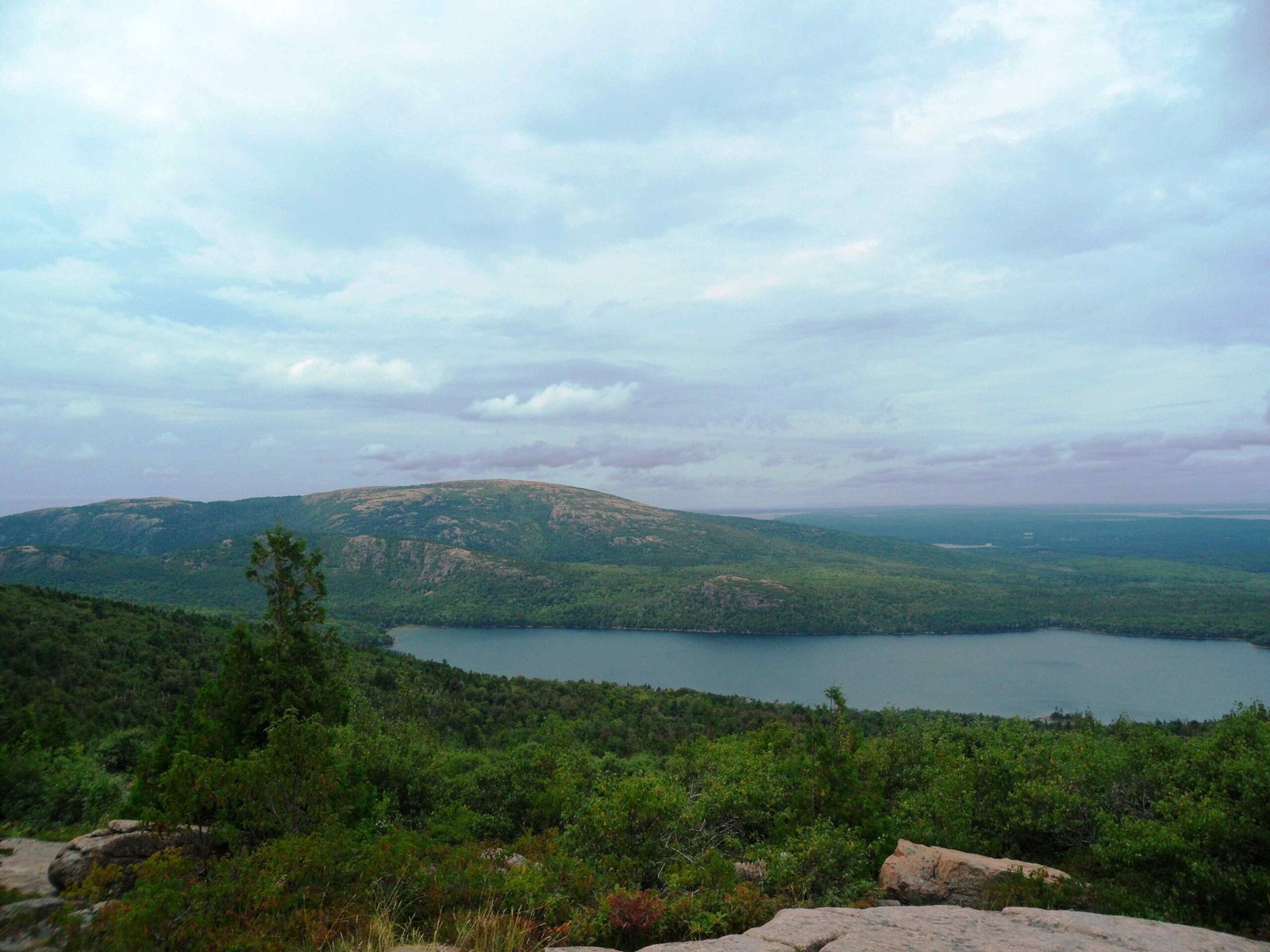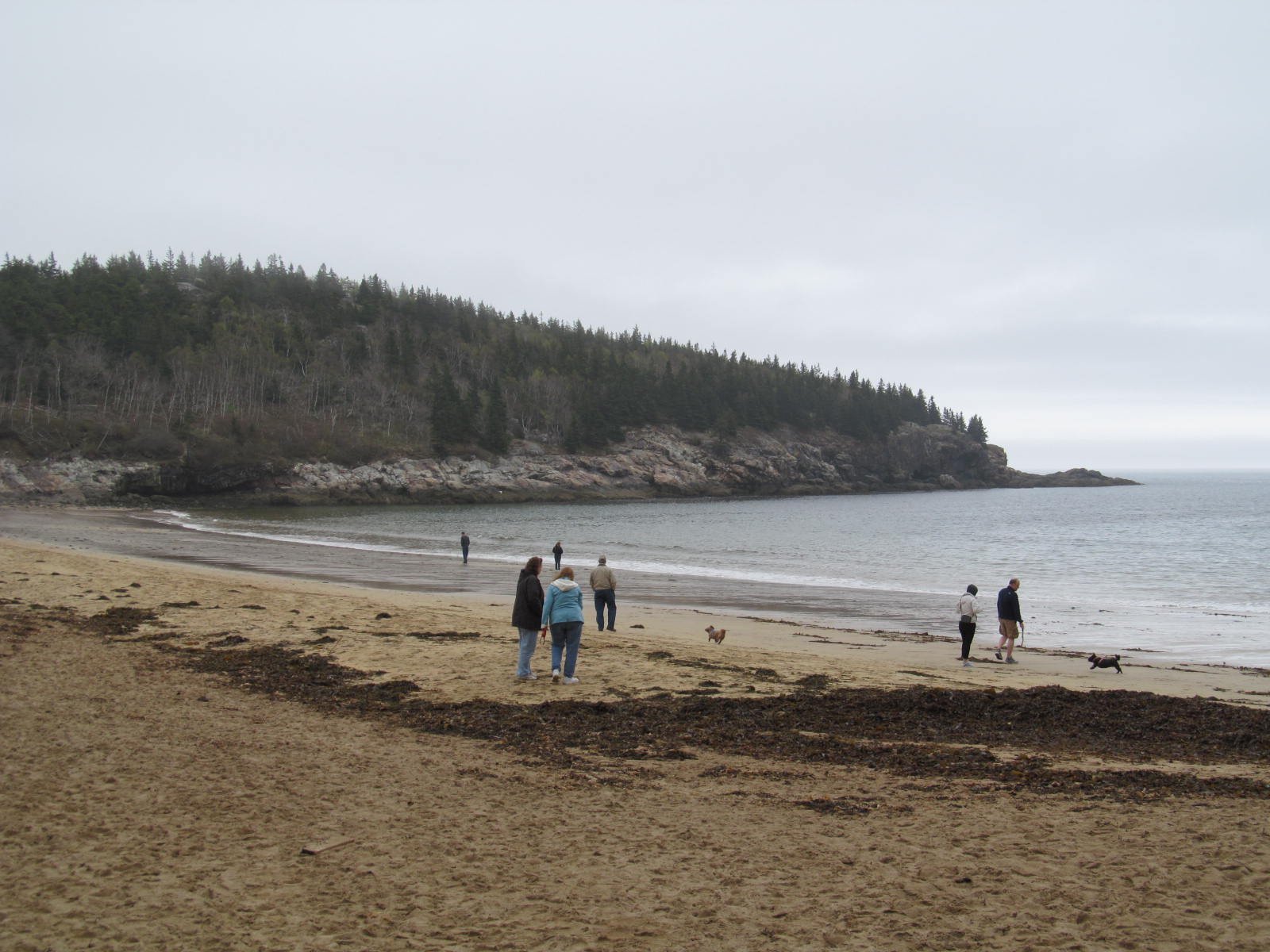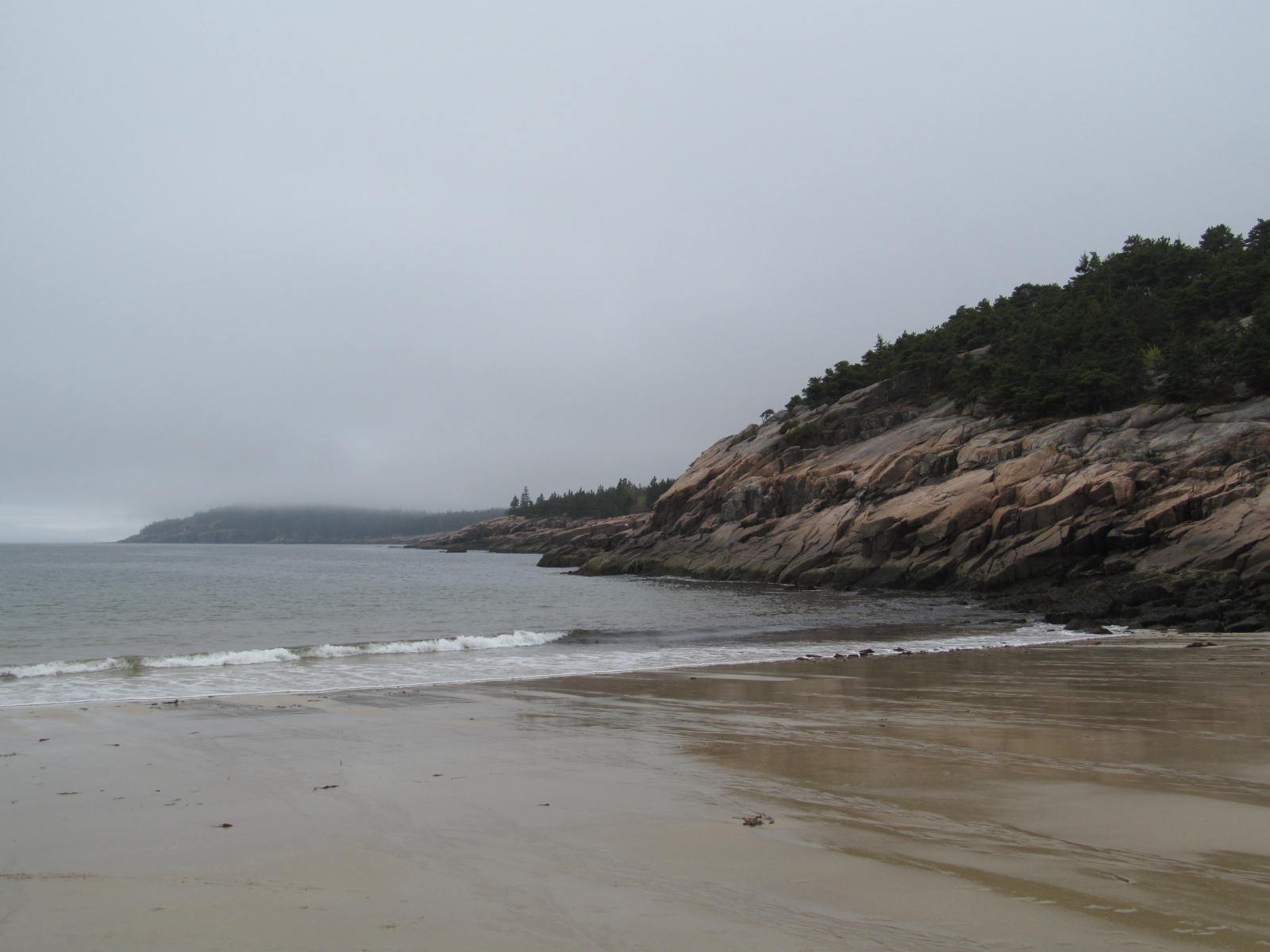Knowing what to wear hiking in Acadia National Park is crucial for a safe and enjoyable experience. The park’s diverse terrain and changeable weather require careful consideration of footwear, clothing layers, and accessories. This guide covers essential gear recommendations, from sturdy hiking boots to moisture-wicking fabrics, ensuring you’re well-prepared for Acadia’s trails. Whether you’re tackling rocky coastlines or forested paths, proper attire will enhance your comfort and safety throughout your adventure.
What Are the Best Hiking Boots for Acadia National Park?

When choosing hiking boots for Acadia National Park, consider the following key features:
- Traction: Look for boots with lug soles for grip on various terrains.
- Waterproofing: Essential for keeping feet dry on wet trails.
- Ankle Support: Crucial for preventing injuries on uneven surfaces.
- Breathability: Important for comfort in varying temperatures.
Here’s a comparison of recommended hiking boots for Acadia:
| Boot Model | Traction | Waterproofing | Ankle Support | Breathability |
|---|---|---|---|---|
| Arc’teryx Aerios GTX | Vibram Megagrip | GORE-TEX | Moderate | High |
| Salomon X Ultra 3 | Contagrip | GORE-TEX | High | Moderate |
| Merrell Moab 2 | Vibram TC5+ | M Select DRY | Moderate | High |
The Arc’teryx Aerios GTX stands out with its Vibram Megagrip outsole, providing excellent traction on both wet and dry surfaces. Its GORE-TEX lining ensures waterproofing while maintaining breathability, making it ideal for Acadia’s varied conditions.
How Should You Layer Clothing for Acadia’s Weather?

Proper layering is essential for adapting to Acadia’s fluctuating temperatures and potential rain. Here’s a recommended layering strategy:
- Base Layer:
- Purpose: Moisture-wicking and temperature regulation
- Recommended: Merino wool or synthetic fabrics
-
Example: Eddie Bauer fleece leggings for colder conditions
-
Mid Layer:
- Purpose: Insulation
- Recommended: Fleece jackets or synthetic insulators
-
Example: Patagonia R1 Fleece for versatile warmth
-
Outer Layer:
- Purpose: Weather protection
- Recommended: Waterproof and windproof shell
-
Example: Outdoor Research Furio Pants with side zippers for ventilation
-
Additional Layers:
- Windbreaker or lightweight rain jacket
- LIVSN Ecotrek Trail Pants with adjustable features
Remember to adjust your layers based on the season and weather forecast. In summer, you might only need a light base layer and a weather-resistant outer layer, while winter hikes require more insulation.
What Are the Best Moisture-Wicking Materials for Hiking in Acadia?
Choosing the right moisture-wicking materials is crucial for comfort during your Acadia hike. Here are some top options:
- Synthetic Fabrics:
- Polyester
- Nylon (e.g., Blue Ocean Nylon used in LIVSN Ecotrek Trail Pants)
-
Polypropylene
-
Natural Fibers:
- Merino Wool
-
Bamboo
-
Blends:
- Wool-synthetic blends for optimal performance
Look for clothing with these features:
– Quick-drying properties
– Breathability
– UV protection (UPF rating of 30+ recommended)
– Odor resistance
Example: The Definite Articles No Show Socks with CiCLO treatment offer excellent moisture-wicking and biodegradation properties, making them ideal for Acadia hikes.
What Accessories Are Essential for Hiking in Acadia National Park?
To enhance your hiking experience in Acadia, consider these essential accessories:
- Trekking Poles:
- Recommendation: LEKI Sherpa FX Carbon Max
-
Benefits: Lightweight, foldable, provides stability on varied terrain
-
Hydration Systems:
- Recommendation: Backpack with water bottle pockets (e.g., District 18)
-
Alternative: Hydration bladder for hands-free drinking
-
Navigation Tools:
- Essential: Map and compass
-
Optional: GPS device or smartphone app with offline maps
-
Sun Protection:
- Sunglasses with UV protection
- Wide-brimmed hat or cap
-
Sunscreen (SPF 30+ recommended)
-
First Aid Kit:
- Basic supplies for minor injuries
-
Any personal medications
-
Emergency Gear:
- Flashlight or headlamp with extra batteries
- Emergency whistle
-
Fire starter
-
Binoculars:
- Recommendation: NOCS Provisions Field Issue 10×32
- Useful for wildlife viewing and enjoying distant vistas
Remember to always inform someone of your hiking plans and expected return time for safety.
How Should You Dress for Different Seasons in Acadia National Park?
Acadia’s weather varies significantly across seasons, requiring different clothing strategies:
Spring (March-May):
- Layering is crucial due to fluctuating temperatures
- Waterproof outer layer for frequent rain showers
- Lightweight fleece or wool mid-layer
- Moisture-wicking base layer
- Waterproof hiking boots
Summer (June-August):
- Lightweight, breathable clothing
- Moisture-wicking t-shirts and shorts
- Light rain jacket for occasional showers
- Wide-brimmed hat for sun protection
- Trail running shoes or light hiking boots
Fall (September-November):
- Return to layering as temperatures cool
- Insulating mid-layer (fleece or synthetic down)
- Waterproof and windproof outer layer
- Warm hat and gloves for colder days
- Sturdy waterproof hiking boots
Winter (December-February):
- Insulated, waterproof hiking boots
- Thermal base layers (top and bottom)
- Heavy insulating mid-layer (down or synthetic)
- Waterproof and windproof outer layer
- Warm hat, gloves, and neck gaiter
- Traction devices for boots (e.g., microspikes) for icy conditions
Regardless of the season, always check the weather forecast before your hike and be prepared for sudden changes in Acadia’s climate.
What Are the Best Fabrics for Hiking Socks in Acadia?
Choosing the right socks is crucial for foot comfort and blister prevention. Here are the best fabrics for hiking socks in Acadia:
- Merino Wool:
- Benefits: Moisture-wicking, temperature-regulating, odor-resistant
-
Ideal for all seasons
-
Synthetic Blends:
- Materials: Polyester, nylon, spandex
-
Benefits: Durability, quick-drying, good fit
-
Wool-Synthetic Blends:
- Combines benefits of both materials
- Excellent moisture management and durability
Avoid 100% cotton socks, as they retain moisture and can lead to blisters.
Recommended features:
– Cushioning in high-impact areas (heel, ball of foot)
– Seamless toe construction to prevent friction
– Arch support for comfort on long hikes
Example: Darn Tough Hiker Micro Crew Cushion socks offer a blend of merino wool, nylon, and spandex, providing comfort and durability for Acadia’s varied trails.
Remember, what to wear hiking in Acadia National Park can greatly impact your experience. By choosing appropriate footwear, layering effectively, and selecting the right accessories, you’ll be well-prepared to enjoy the park’s stunning landscapes in comfort and safety.
References:
- https://coolmaterial.com/gear/outdoors/acadia-national-park-hiking-gear/
- https://www.greenadrenaline.com/blog/acadia-winter-gear-guide
- https://acadiamagic.com/acadia-hiking-safety.html

